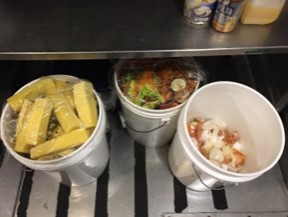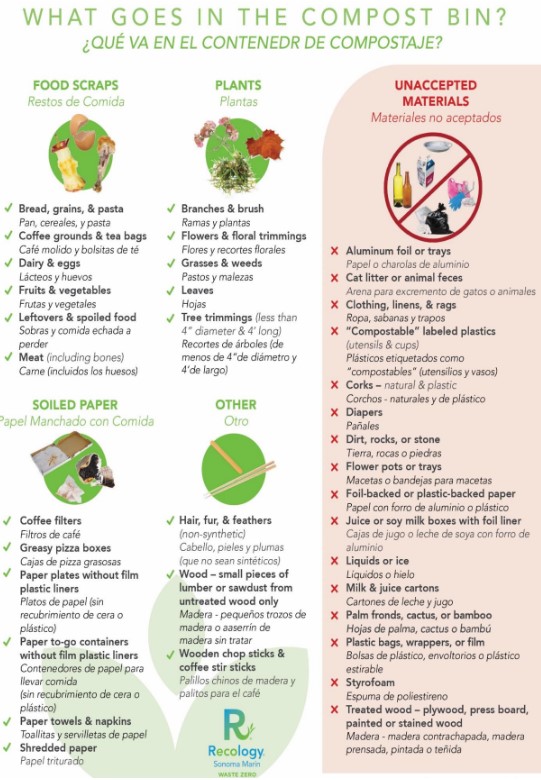By Matthew Hansen, Coordinator of the Community Garden of the Sisters of Saint Joseph, Baden, Pennsylvania


Composting takes time! The pile on the right is located on the property of the Sisters of St. Joseph in Baden, PA. It has been building for over a year and a half, and we’ve been using the finished compost across the grounds and gardens. A lot of the “green” comes from kitchen scraps, which we empty here every day to every other day. The brown mostly comes from leaves and straw we use in our garden beds. . Along with adding the “green” and “brown” to the compost pile , we’re also mixing it around – keeping it loose and allowing air to reach all the parts. Without mixing in air, you create an anerobic environment which promotes the growth of bacteria, which will produce a sour smell. . There is a lot of matter in these piles, so we use a tractor with a bucket loader to both turn the pile and transport the compost around the grounds.
The fresh “greens” coming from the kitchen are stored in 5-gallon buckets in a walk-in cooler (shown above in the picture on the right). Notice how we are covering two full buckets to keep in the smell/odors. The cooler temperatures in the cooler also help reduce the smell before we’re able to pick up the buckets and bring them to the pile.
For reference, the chart below represents a general guide of what to compost.
